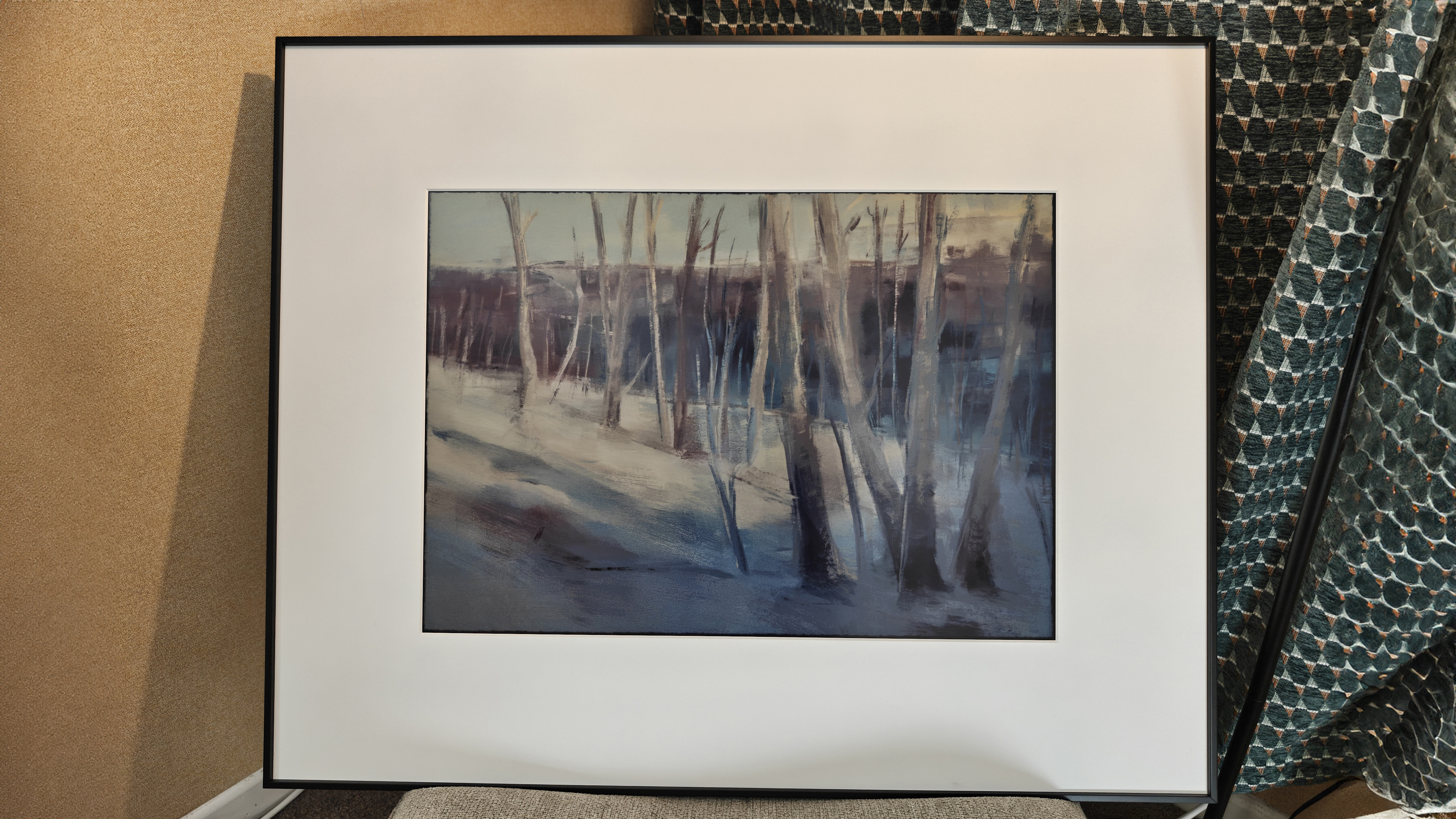How to design video games cinematics you won't want to skip
Expert advice to help you take your cinematics to the next level.
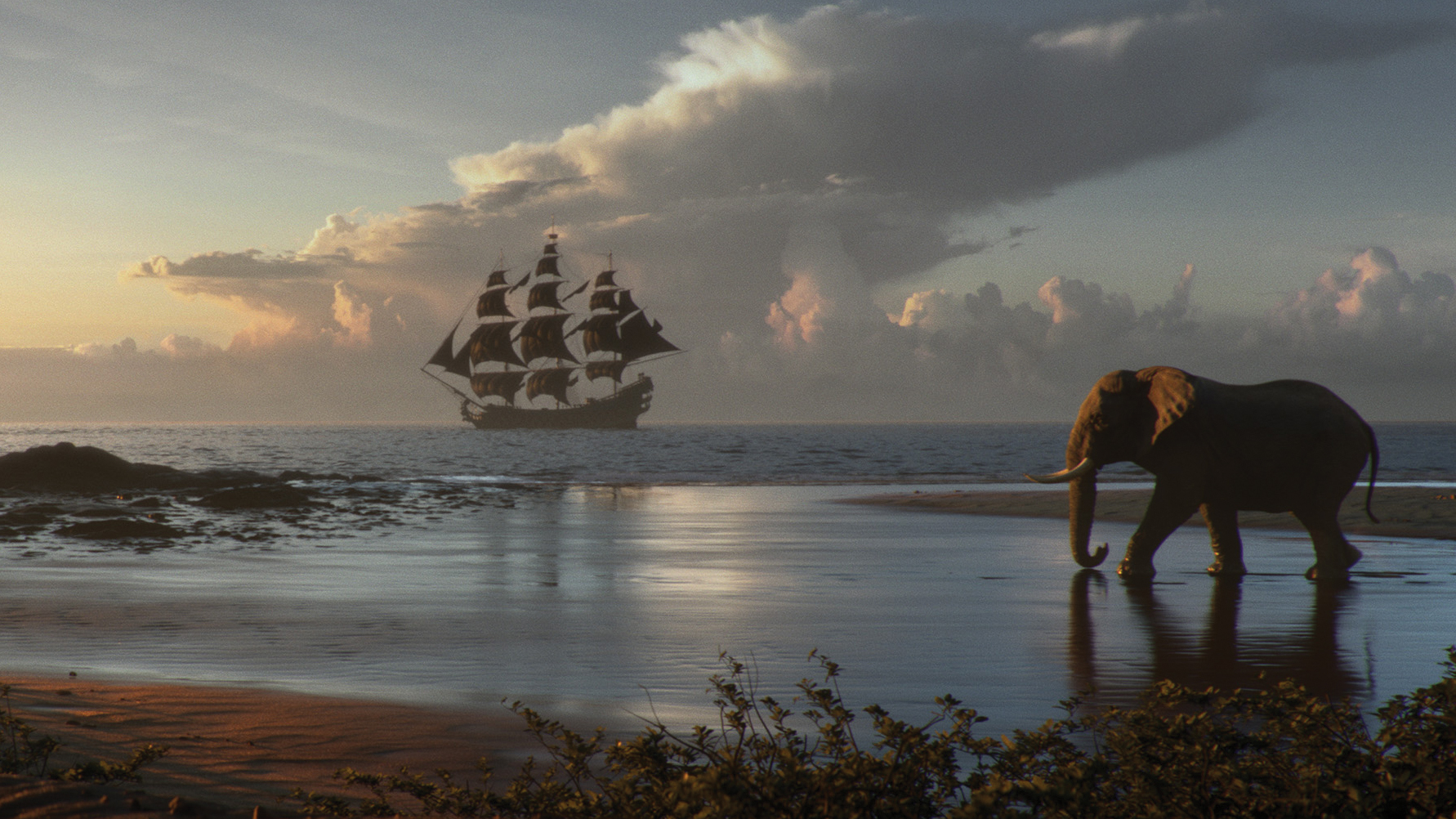
Cinematics are crucial to the world of video games. Although they rarely receive the same attention as in-game elements such as video game characters, they serve a variety of purposes, from advancing the story of a game to promoting its release. According to Hungarian studio Digic Pictures, game cinematics are a special genre of full-CG short films, sitting somewhere between VFX and 3D animation.
There’s an art to creating cinematics that are compelling enough to go toe-to-toe with gameplay, or convince people to buy a game in the first place. We've gathered a host of leading industry experts to find out how they’re made, and to tell us how you can create cinematics that captivate your audience.
If you're inspired by the expert tips and you want to boost your 3D artwork skill set, head over to our post rounding up the best Cinema 4D tutorials.
01. Use in-engine rendered cinematics
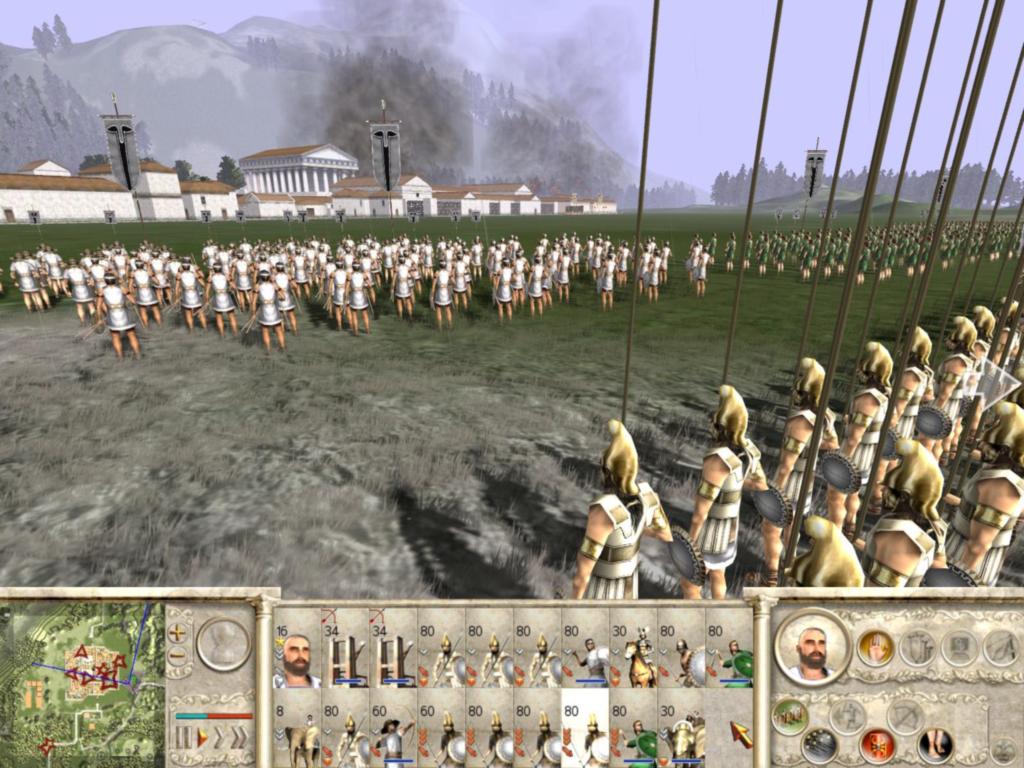
As one of the UK’s oldest and largest game developers, Creative Assembly has a wealth of experience in crafting memorable cinematics, particularly for their Total War series. “In our early games, cinematics included the game introduction and specific narrative moments,” say the team at Creative Assembly’s Horsham studio. “The in-engine tools that we developed for Rome: Total War in 2004 allowed us to start making trailers using the game engine.”
They continue: “Fast forward to today and our games feature a mix of in-engine rendered movies, 2.5D narrative movies and heavily stylised 2D-animated movies. Our team is constantly evolving and growing to meet the demands of higher-quality cinematic experiences.”
Creative Assembly’s in-engine cinematics are parts of the game that require cinematic cameras, for example panning around the campaign map at the start of a game or introductions to historical battles. 2.5D refers to in-game cutscenes that are created as animated 2D layers. Pre-rendered cinematics are generally outsourced by Creative Assembly, as they require huge teams. “We only do one every year or so,” they add. “In-engine rendered cinematics make up the majority of our team’s work, we create trailers for marketing and cutscenes for the games using the game engine.”
02. Treat the trailer as its own genre
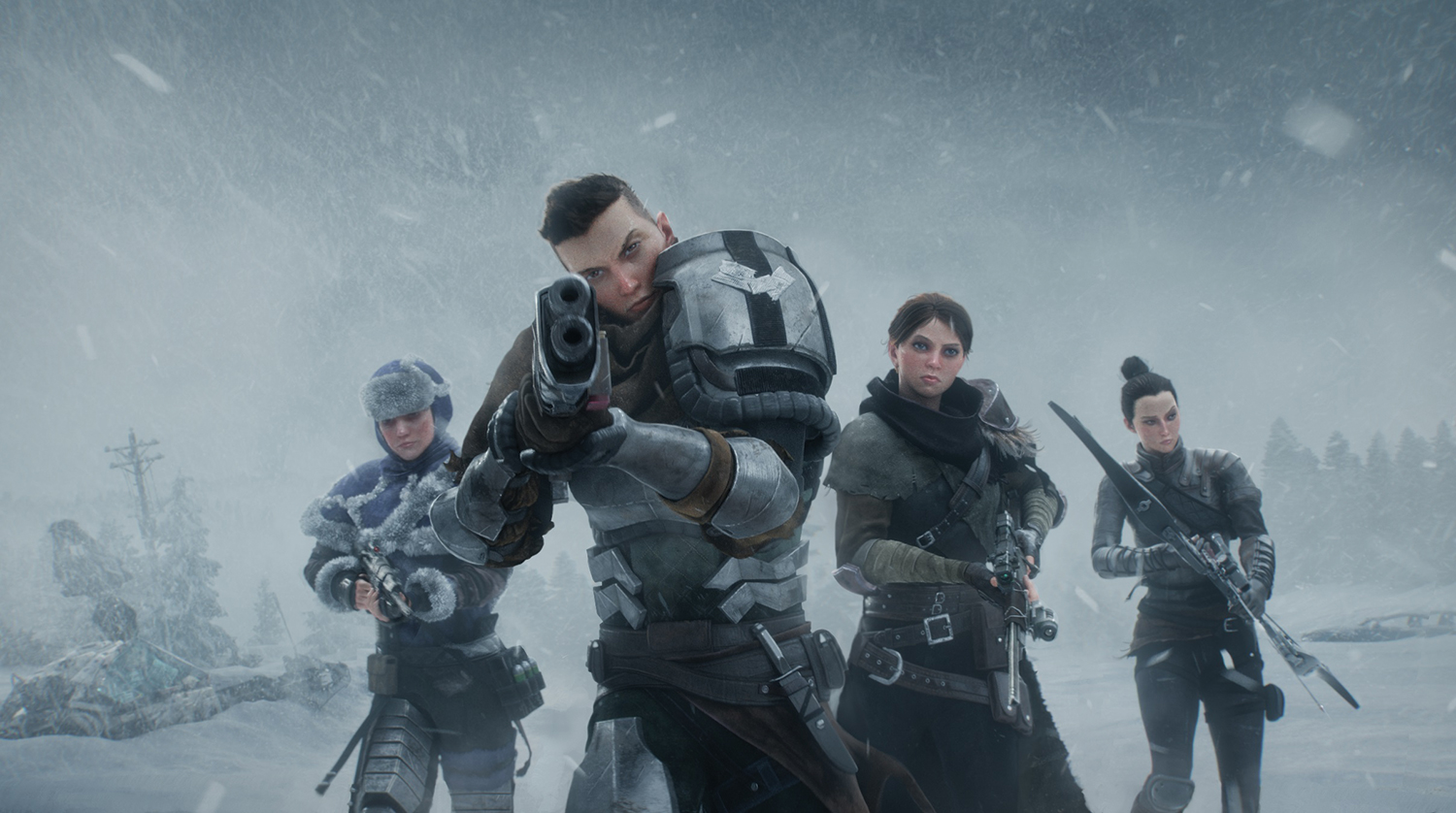
One studio collaborating with Creative Assembly on cinematics is the Poland-based Platige Image. “As far as video game cinematics are concerned, the intro and outro for the first instalment of The Witcher franchise marked our first foray into this field,” explains director and art director Jakub Jablonski.
Daily design news, reviews, how-tos and more, as picked by the editors.
“Video game cinematics and trailers have become a permanent fixture of our output and we’ve since had the pleasure of producing movies for a number of games that we grew up on.” These games include the likes of Ghost Recon, Halo 5 and Hitman.
Platige also work on a number of CG game trailers. Jablonski explains: “The video game trailer is a genre unto itself, blending a traditional movie trailer with a product commercial and the innovative storytelling of animated shorts.”
03. Focus on the atmosphere
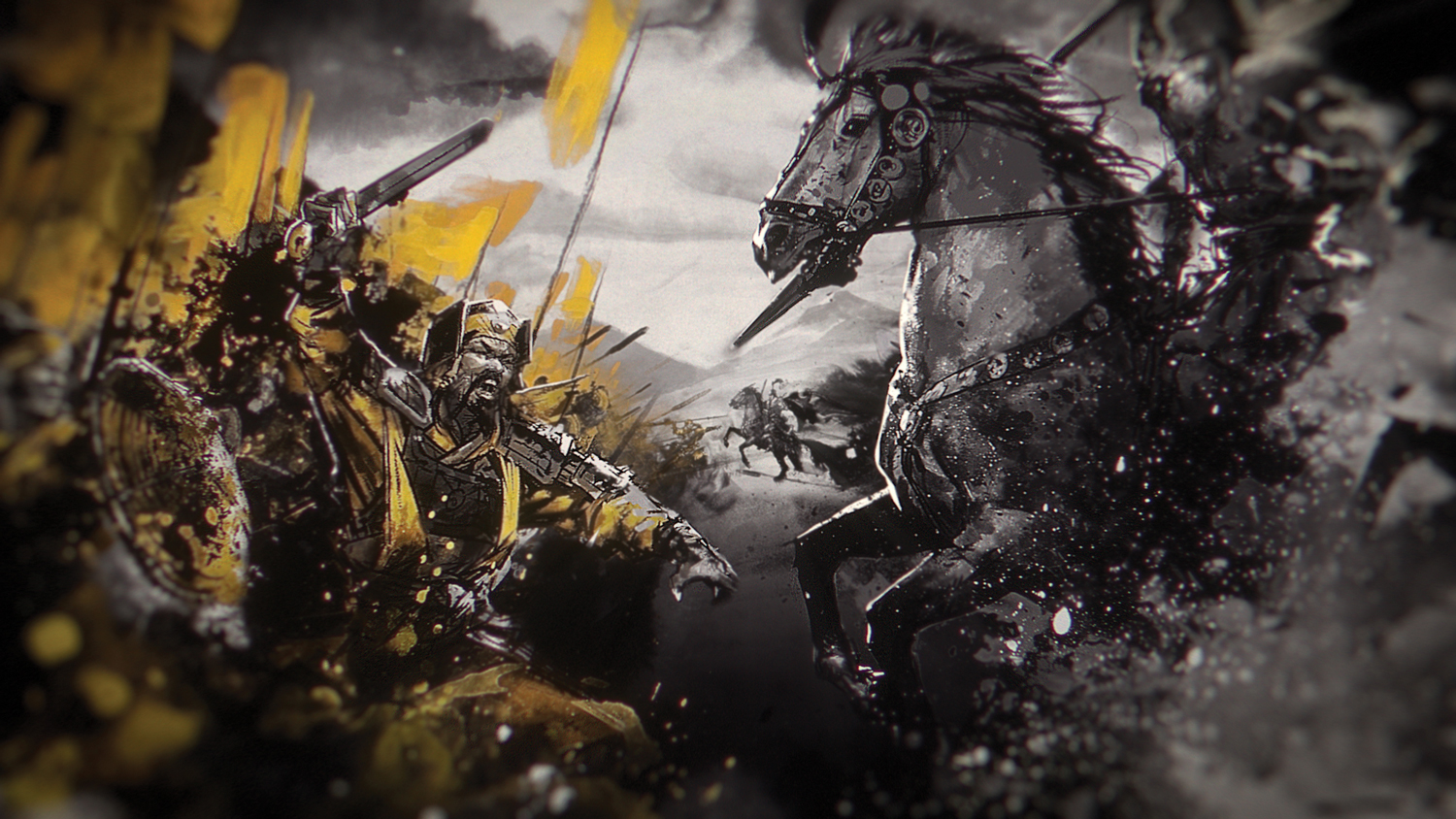
Producing game trailers is very different to run-of-the-mill VFX work, and is a much greater challenge artistically, Jablonski explains: “A stand-out trailer needs to have two things: good CGI, from both the technical and artistic perspective, and a captivating storyline.”
He adds: “In my experience, the best trailers also feature a well-constructed reveal of a key detail, either related to the setting or a specific game mechanic. Personally, however, I believe that the atmosphere of an individual title is often the key element that the film’s success hinges on. Capturing that can be incredibly difficult, especially in view of the fact that we rarely have the opportunity to play the finished product before we start work on the trailer. This is where the game’s developers come into play, and their assistance is often invaluable.”
04. Tell the story effectively
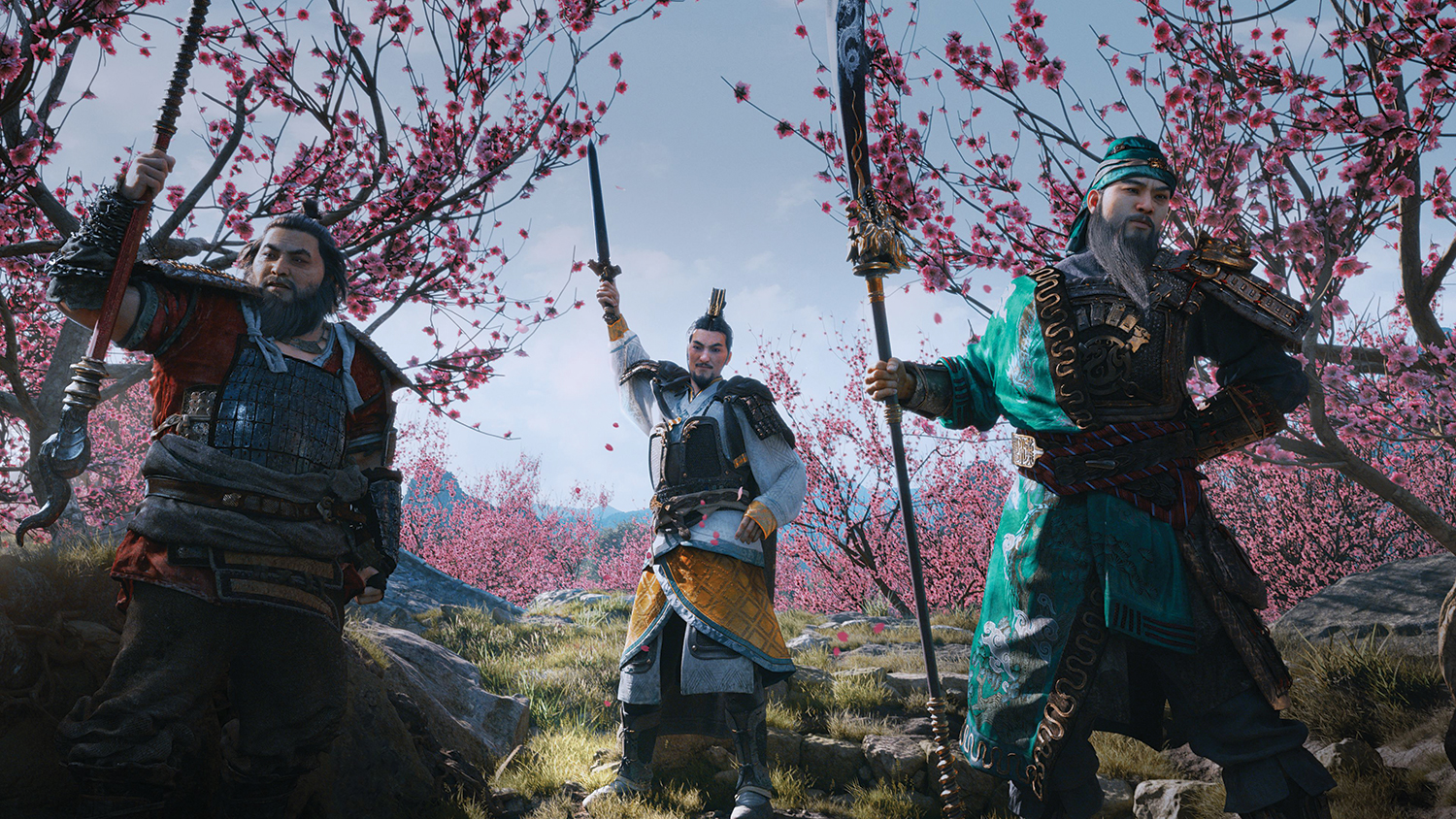
A range of disciplines come together to create stand-out cinematics, from storytelling to cinematography. “You need a beginning, middle and end,” say the team at Creative Assembly, when asked how they approach narrative. “Even the smallest sequence of shots should be a story in itself: an archer firing a bow should be aim, fire, impact.”
The Total War series provides Creative Assembly with a unique proposition when it comes to storytelling: “The series is an interesting beast as it’s based on history, yet the story in the game is what the player decides. The narrative exists in the player’s mind as they play and it can evoke emotions as powerfully as any novel or film. As we tell the story of renowned characters, like Caesar, Attila and Liu Bei or even Karl Franz, we need to make sure the character’s motives and appeal are in line with their story. Our trailers need to give viewers a peek into the emotions Total War will provide them – what’s it like to be commanding thousands of troops and defending an empire? What’s it like to rewrite history?”
05. Take risks for maximum impact
Platige took the term cinematic to new extremes with their recent work on the announcement trailer for Vampire: The Masquerade – Bloodlines 2, the long-awaited sequel to a cult classic video game. “The production had a very tight deadline, but it seems like our first-person vision of Seattle has really managed to electrify game players worldwide,” says Jablonski. The mocap session for the trailer saw GoPro cameras mounted on the heads of stunt performers. Jablonski adds: “Thanks to our incredible stunt team, under the direction of Maciej Kwiatkowski, we managed to shoot all the underground combat sequences in one take.”
The trailer introduces a plethora of memorable characters and even homages The Shining. “The actions of our protagonist, the brutality and desire to climb to the very top of the vampire hierarchy in the city, are mirrored, somewhat abstractly, in the blood which slowly overwhelms the city,” he says of the trailer’s final shot, which shows a visually arresting wave of blood about to wipe out the entire Seattle waterfront.
06. Adapt your approach
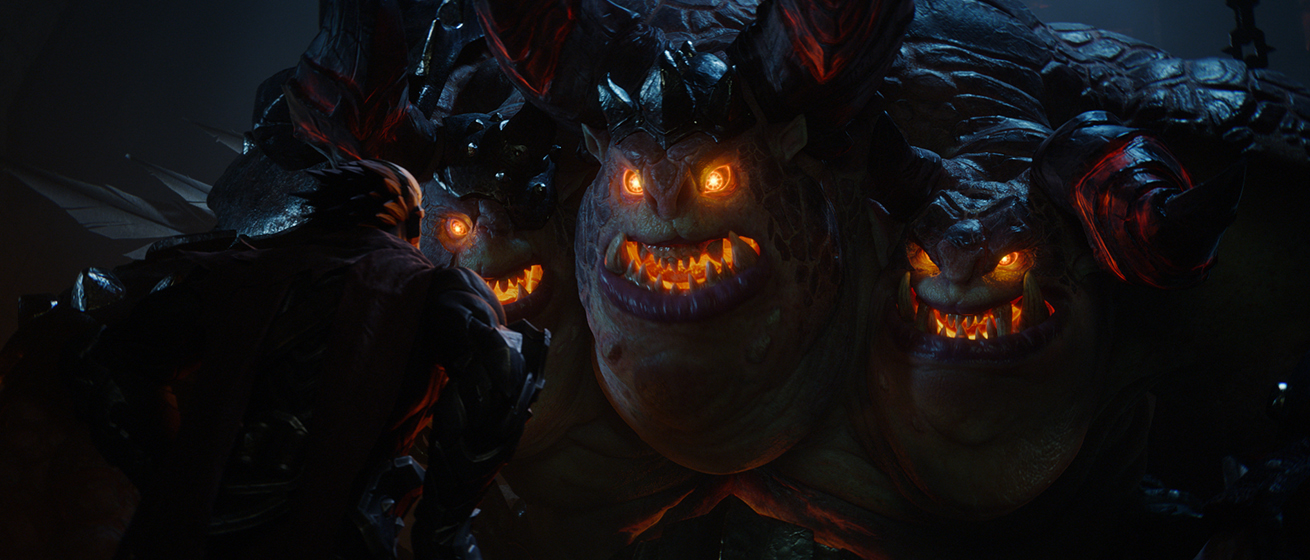
Digic Pictures’ approach to storytelling varies depending on the demands of a particular cinematic. “It depends on what story the customer wishes to tell, and what the particular story requires,” says narrative director Csaba Vicze. “We work with a variety of directors and each of them is exceptional in different ways. There are those who have a stylised, classical animation style, and there are others who are better with quick cut actions, or who take inspiration from classical filmmaking.”
After choosing a director appropriate for the project, Digic respond to a brief sent by the client with a preliminary narrative package and a script. “This way, it’s possible to easily clarify what kind of film tools we want to use for the cinematic,” adds Vicze. To gain a better understanding of the approach the team gather examples from well-known movies: “We make a rip-o-matic version where we can show what kind of camera tools, lenses and editing styles we want to use.” Alongside this process, the team at Digic will undergo a visual development process, where they will develop the mood, set design, costume design, character design, lighting and the main setting.
07. Speed up your workflow
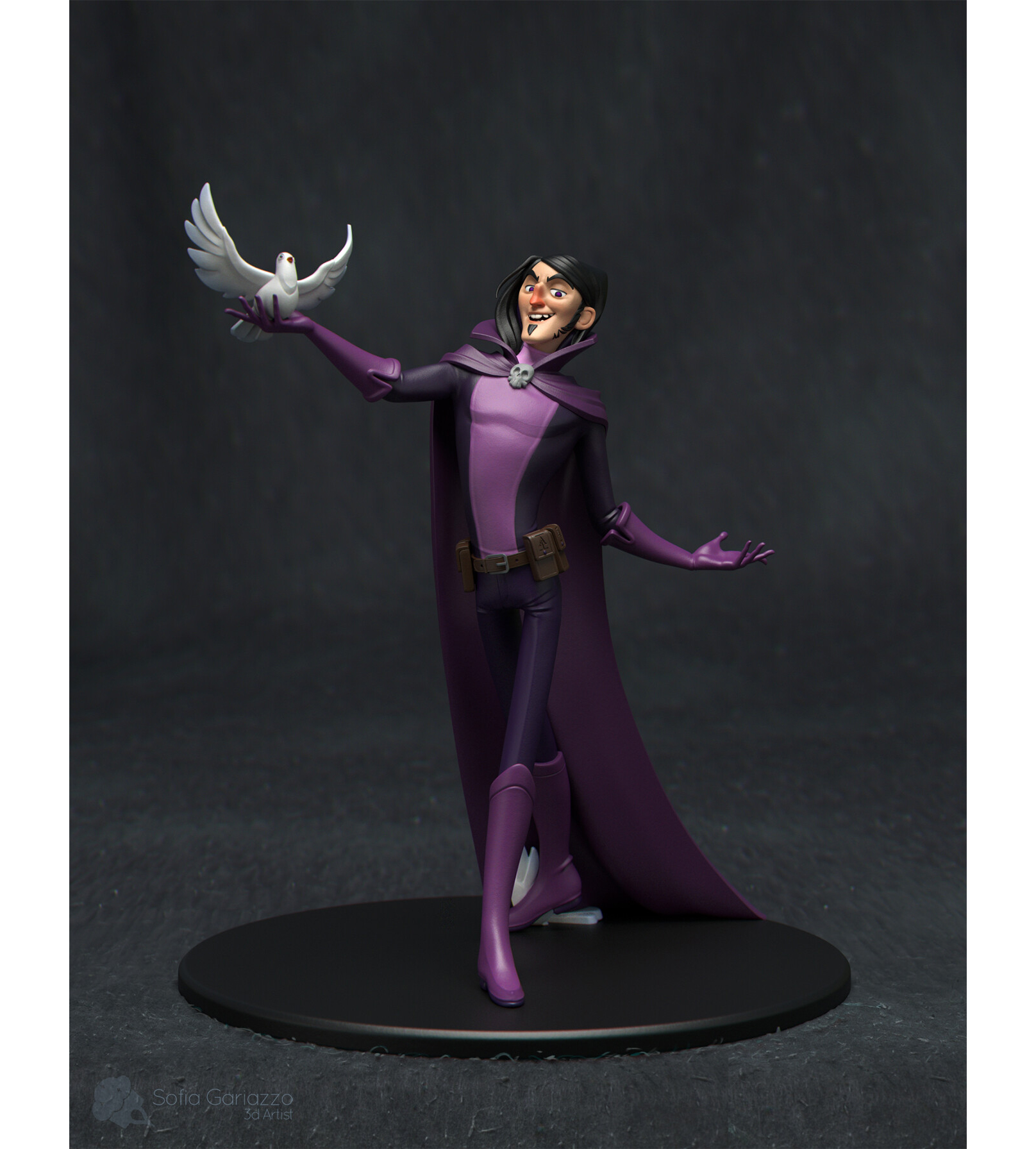
A unique art form breeds unique challenges, and game cinematics are no exception. Our experts have all experienced their fair share of technical and artistic challenges in the pursuit of cinematic greatness. “As usual during the creative processes, the biggest challenge is finding the opportunity for creative development, and at the same time, adapting ourselves to the production deadlines and expectations,” says Róbert Kovács, head of CG at Digic Pictures. “The desire of every creator is to develop unique, exceptional work. This is no different for Digic. We like to give the opportunity to our artists to work on exciting projects and to make extraordinary movies.”
In the world of video game cinematics artists and studios are required to work with very tight deadlines. It’s often a challenge to meet the high bar they set for themselves, something Sofia Gariazzo, a freelancer who specialises in modelling, shading and grooming, attests to: “The biggest challenge with cinematics is the pace. The deadlines are so tight that you have to be constantly learning how to speed up your workflow while still delivering decent results and staying within the pipeline of a particular studio. I don’t have much experience outside cinematics, just a couple of gigs here and there, but I’ve never experienced deadlines so demanding.”
Jablonski refers to Platige’s biggest challenge as “a temporal paradox,” in which they are often required to show something that is in the early alpha stages or in various stages of development. “Time is almost always the biggest challenge that we face,” he adds.
08. Use your own in-house studio
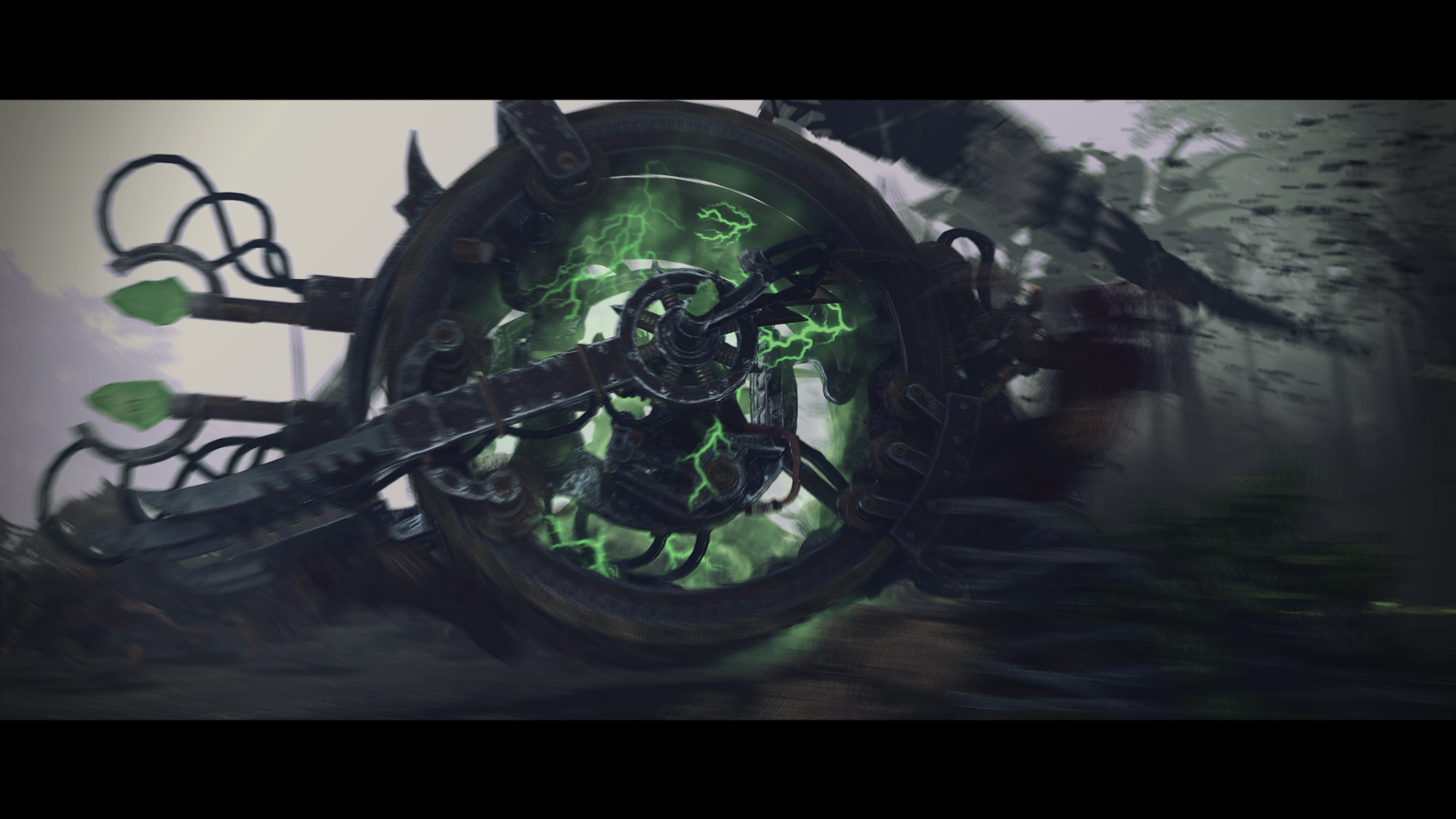
The team at Creative Assembly are able to circumvent some of these taxing deadlines by using their own in-house mocap studio. They’re one of only a handful of developers in Europe to have one. “Having our own mocap studio a short walk away is incredibly useful,” say the team. “The turnaround on the data once shot is fast and if we need to make any unexpected last-minute changes we can simply run up, dive into a suit and recapture. It gives us real flexibility and the opportunity for plenty of creative freedom.”
Digic are able to make use of a similar mocap facility, equipped with a Vicon motion capture system. Their system is able to capture up to ten actors along with props. Thanks to their in-house developed Vicon Blade Tools the team are able to quickly process the footage in post.
09. Face the challenges
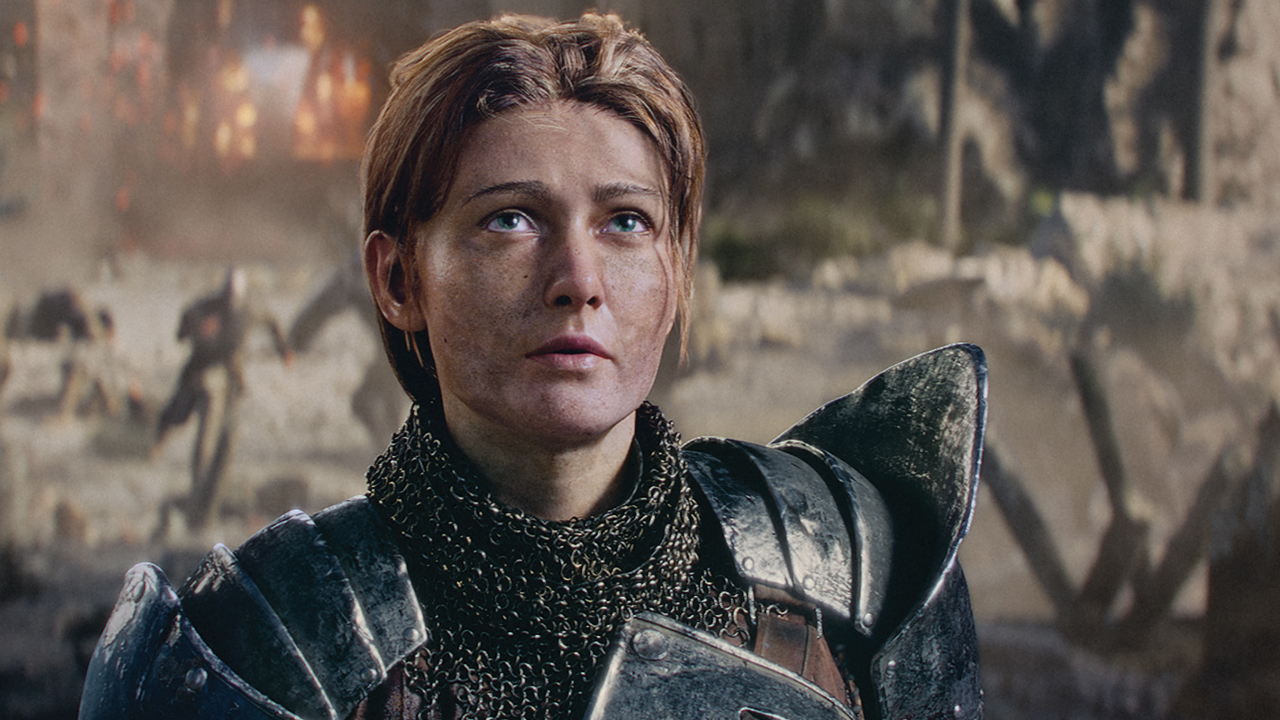
But Jablonski and his team also face their fair share of artistic challenges: “Character work is always the hardest, particularly when it comes to facial expressions and emotions. The uncanny valley is always there, just waiting to strike. But we nevertheless try to push the envelope as close to realism as possible, always hoping to break through the barrier. Luckily for us, CGI characters don’t always have to be hyper-realistic to have that spark of life to make them stand out.”
10. Press play on your career

If this combination of game development and cinematic sensibilities sounds appealing, then you might be wondering how to tailor your skill set towards it. Should you apply to work at a studio, or build a portfolio from your own home?
“What worked best for me was spending a couple of years in a studio,” explains Gariazzo. “Before that I didn’t get much work and the ones I did were usually pretty bad. In a studio you get to make a portfolio and learn a ton of stuff, but most importantly you make contacts.”
Whether applying to work at a studio or setting out as a freelancer, a good portfolio is the ultimate weapon in your arsenal. “You need to have a good portfolio to land a job,” Gariazzo asserts. “If you don’t have any professional work, then work on some personal projects and make them look as good as you can until you get offered something, and then do your best on that.” (Here are some brilliant design portfolio examples, if you need them.)
11. Sell your specialist skills
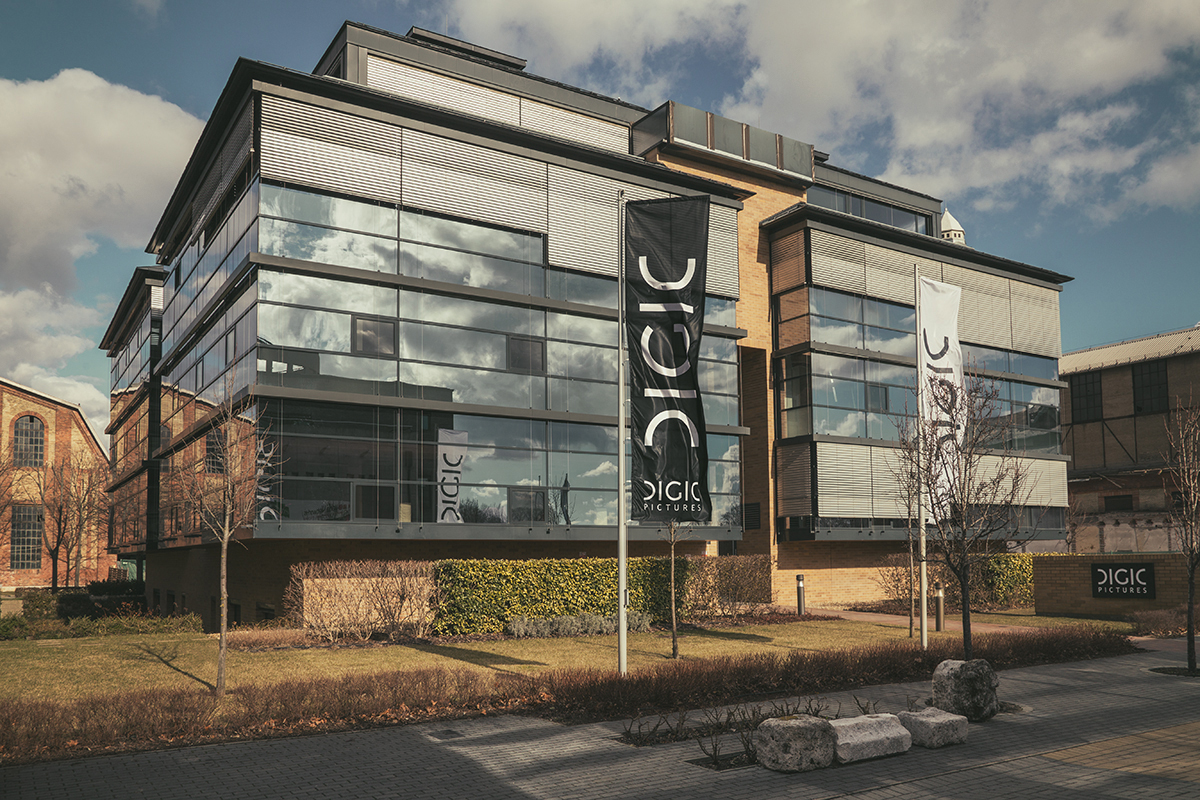
According to Digic, the bigger the studio is, the more specific skill sets they will be looking for. This is where a wide-ranging knowledge of CG will become helpful. In the game cinematics industry, a deeper knowledge of video game development could be a huge advantage, how they are created, the engines, different types of gameplay, and so on. By building a portfolio this way you’ll be able to hone in on your preferred field. For many of the most experienced artists, there is little difference between game cinematics, VFX or 3D animation films.
Jablonski boils success down to some more fundamental qualities. “In my opinion, a good artist working in a studio like ours has to have good communication skills, a healthy fascination with CGI and a desire for self improvement. Independence and self-reliance are also very important traits, and many in our industry tend to forget how important these qualities are for their personal, technical and artistic development.”
This article was originally published in issue 247 of 3D World, the world's best-selling magazine for CG artists. Buy it here or subscribe to 3D World.
Read more:

Brad Thorne was Creative Bloq's Ecommerce Writer, and now works for a PR company specialising in 3D and VFX, Liaison. He previously worked as Features Writer for 3D World and 3D Artist magazines, and has written about everything from 3D modelling to concept art, archviz to engineering, and VR to VFX. For Creative Bloq, his role involved being responsible for creating content around the most cutting-edge technology (think the metaverse and the world of VR) and keeping a keen eye on prices and stock of all the best creative kit.
